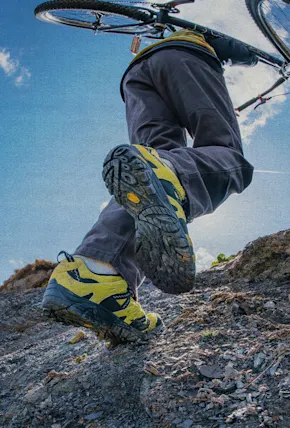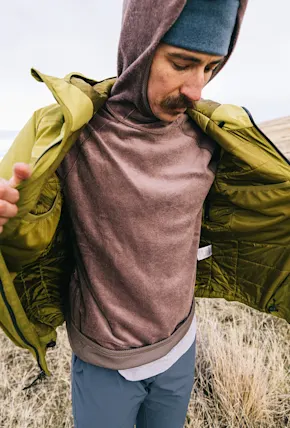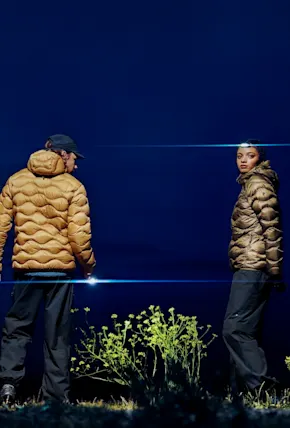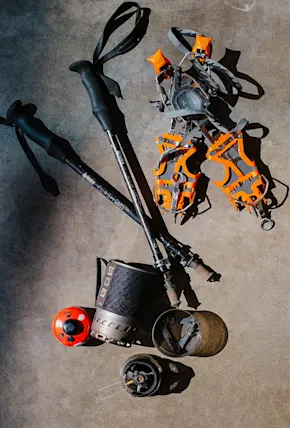Americans have always been obsessed with seeming tougher and more rugged than they are. When Europeans first came to the continent, completely unsure of how to survive in unfamiliar surroundings, they bought hard wearing buckskin jackets and breeches from the indigenous people they found living here. The garments were certainly functional, offering camouflage and warmth, but also considered quite stylish. By the 18th century, the look had become so popular in the colonies and in Europe that hunters nearly brought deer to extinction in Georgia and the Carolinas.
These kinds of insights, about why and how we wear what we wear, have been broadcast to listeners of the Articles of Interest podcast since 2018. What started as a spin-off show of 99% Invisible, a podcast about design and the built environment, has been produced independently by host Avery Trufelman since 2022. Trufelman has used the show to dive deep on a wide range of wearables, including episodes about wedding dresses, plaid flannel shirts, and why we still don’t have automated digital closets like the one in the 1995 movie Clueless.
Trufelman also devoted an entire season to the history of “American Ivy” style and its far-reaching impact on fashion around the globe. Along the way, the show racked up acclaim, including being deemed one of the best podcasts of the year by The New Yorker critic Sarah Larson in 2018, 2020, and 2022.

On the new season of the Articles of Interest, titled "Gear," Trufelman explores the relationship between the U.S. military and the outdoor industry. The relationship is beyond superficial: plenty of outdoor gear makers developed equipment for the military in their early days. Many, like Arc'teryx, Outdoor Research, Danner, and Mystery Ranch, still actively seek military contracts or produce tactical gear for Special Operations forces. And many fabrics outdoor enthusiasts seek out were developed for military use prior to trickling into consumer apparel.
Ahead of the new season's release, we reached out to speak to Trufelman to find out when the U.S. military really started dressing, if lucrative government contracts are actually what’s keeping your favorite mountaineering brand afloat, and whether learning about the connection has changed her relationship to raincoats.
The following conversation has been edited and condensed for clarity.
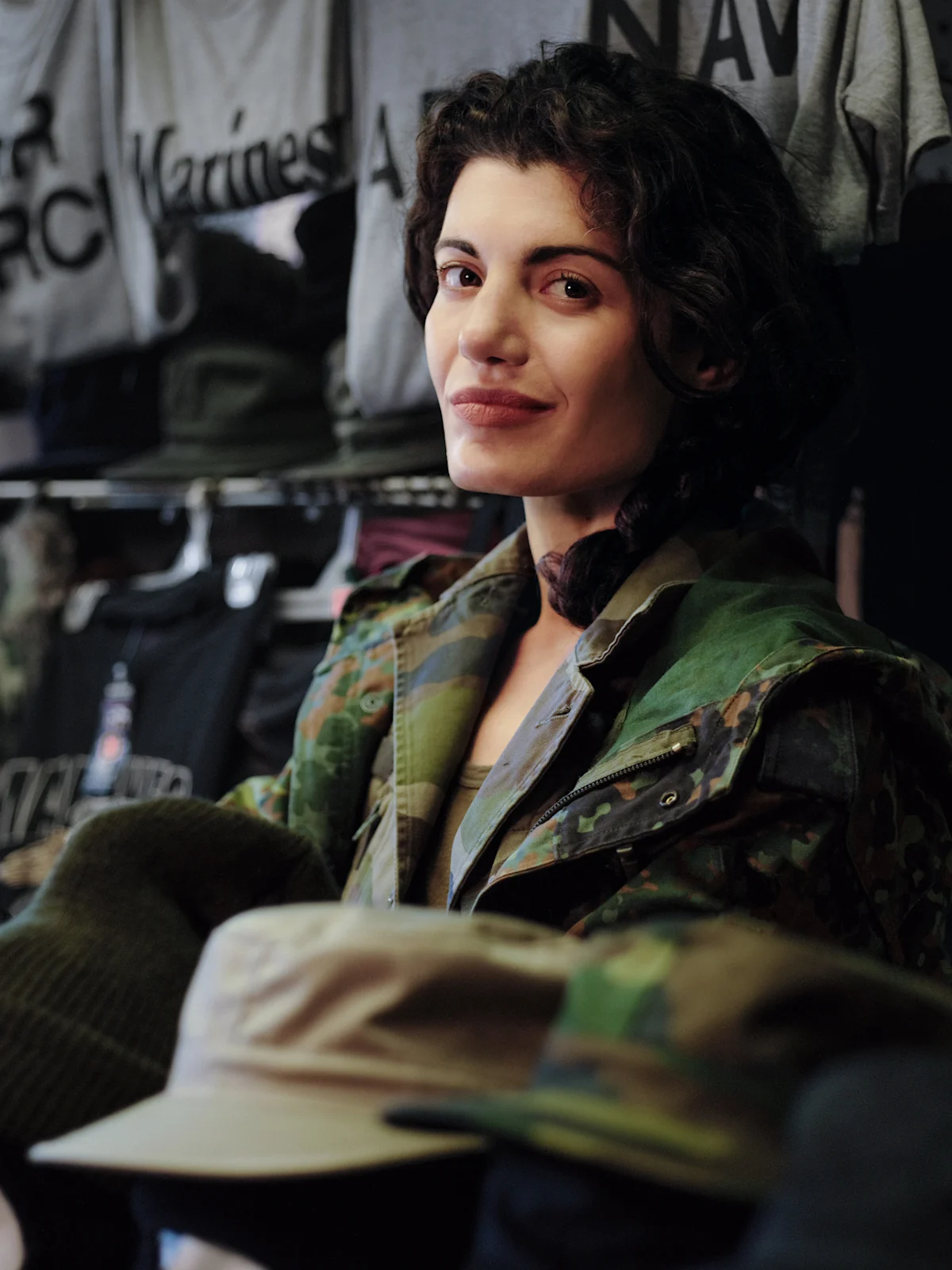
Adrian Trufelman | Image courtesy Articles of Interest
Past seasons of Articles of Interest have focused on Ivy style and luxury. What inspired you to look into technical outdoor clothing this time?
It started with the military. My grand project is about “American clothes.” You and I are speaking English, the most spoken language in the world and the relic of an old empire. Wherever our current empire is heading, my pet thesis is that our relic will be our clothes. America invented “ready to wear.” The fact that around the world when people go to buy clothes they buy them off a rack, is because of America. Billions of people wake up every day and dress like Americans. Even in many countries where the local dress is still viable, it’s often an option to wear a t-shirt and jeans.
So I’ve been trying to figure out the pillars of American dress. After the series about Ivy style, the next step being about the military made sense. Honestly, the fact that a lot of menswear comes from the military is a kinda basic, rudimentary TikTok fun fact.
Sure, it’s called an army jacket for a reason.
Yeah. Almost everything we think of as classic menswear—a peacoat, a button down shirt, a t-shirt with slacks—all of these items could be purchased from the military surplus stores that emerged after World World II. There’s a reason why everyone in the 1950s looks like they really knew how to dress, they had access to a bunch of cheap, well-made clothes from surplus stores.
These stores were so well stocked because of the atomic bomb. Almost everyone, including the companies making clothes for the military, thought the war was going to go on for like two years longer than it did. We made so much extra shit to get ready for an invasion of Japan. The Manhattan Project was obviously a secret. So when the war ended, all these really well-produced clothes flooded the civilian markets at prices that were cheap enough for everyone to buy.







